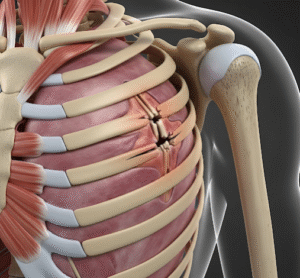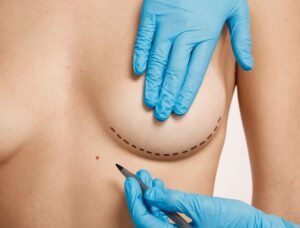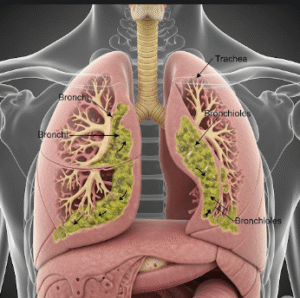Overview
Claudication is a medical condition characterized by pain, cramping, or fatigue in the legs or arms that occurs during physical activity due to insufficient blood flow. It is most commonly associated with peripheral artery disease (PAD). In South Korea, where cardiovascular risk factors such as diabetes, smoking, and high cholesterol are increasingly prevalent, claudication is an important vascular health concern.
What is Claudication?
Claudication refers to muscle pain, usually in the legs, that develops during exercise (such as walking) and improves with rest. It occurs because narrowed or blocked arteries cannot deliver enough oxygen-rich blood to meet the muscles’ demand during activity. While not a disease itself, claudication is a significant symptom of underlying peripheral artery disease and requires medical evaluation.
Symptoms
- Aching, burning, or cramping pain in the legs, thighs, hips, or buttocks during walking or exercise
- Pain that goes away after resting for a few minutes
- Numbness, weakness, or heaviness in the legs
- Coldness or color changes in the affected limb
- Slow-healing wounds or ulcers on the legs or feet
Causes
- Peripheral Artery Disease (PAD): Narrowing of arteries due to atherosclerosis (plaque buildup)
- Smoking, which accelerates arterial narrowing
- Diabetes, which damages blood vessels
- High blood pressure and high cholesterol
- Rarely, arterial inflammation, cysts, or trauma
Risk Factors
- Age over 50
- Smoking history
- Diabetes
- High blood pressure
- High cholesterol
- Family history of cardiovascular disease
- Sedentary lifestyle
Complications
- Worsening PAD that may lead to critical limb ischemia
- Severe pain even at rest
- Increased risk of stroke and heart attack
- Non-healing ulcers or gangrene that may require amputation
Prevention
- Quitting smoking
- Regular physical activity, especially supervised walking programs
- Maintaining a healthy weight
- Controlling blood sugar, blood pressure, and cholesterol
- Eating a balanced, heart-healthy diet
Treatment Options in Korea
South Korea offers advanced treatment for claudication and peripheral artery disease through specialized vascular clinics and hospitals.
- Diagnosis:
- Ankle-brachial index (ABI) test
- Doppler ultrasound
- CT or MR angiography
- Medical Management:
- Medications to improve blood flow (cilostazol, pentoxifylline)
- Antiplatelet drugs (aspirin, clopidogrel) to reduce clotting risk
- Statins to control cholesterol
- Blood pressure and diabetes management
- Lifestyle Therapy:
- Supervised exercise therapy programs are widely available in Korean hospitals
- Smoking cessation support programs
- Surgical/Interventional Treatment:
- Angioplasty with stent placement to open blocked arteries
- Bypass surgery in severe cases to restore circulation
- Endovascular therapy using minimally invasive techniques, available in major Seoul hospitals
- Rehabilitation:
- Cardio-vascular rehabilitation programs help patients regain mobility and improve circulation













